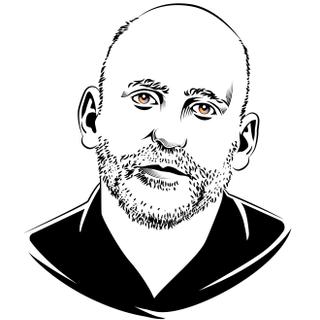


Tal Bruttmann: 'Images of Nazi camps don't say what we have made them say'
InterviewIn an interview with Le Monde to mark the 80th anniversary of the discovery of Auschwitz, the Holocaust specialist explains that our understanding of the genocide remains distorted by the images captured by the Allies, which fail to reflect its complex reality.
Historian Tal Bruttmann is the author of the recently republished reference book Auschwitz ("Auschwitz") and Un album d'Auschwitz. Comment les nazis ont photographié leurs crimes ("An album from Auschwitz. How the Nazis photographed their crimes"), written with German historians Stefan Hördler and Christoph Kreutzmüller. An exhibition based on this book has just opened at the Mémorial de la Shoah in Paris, where he and Kreutzmüller are the scientific curators. For Le Monde, he looked back at what the Allies discovered on January 27, 1945, when they arrived at Auschwitz, and at the images that have embodied the memory of the Nazi camps and the Shoah ever since.
Historians do not speak of the Allies' "liberation" of the camps between January and May 1945 but rather of its "discovery" or "opening." Why is this?
Simply because "liberation" implies that the camps were tactical or strategic objectives for the Allied armies, whereas this was never the case. A place is liberated by coming to fight, for example, the troops besieging or occupying it. That's not at all what happened with the camps. The Allies' sole aim was to defeat the Third Reich but they happened to come across camps as they advanced, particularly toward Berlin.
Auschwitz is emblematic in this respect. The Red Army had taken Krakow a few days earlier, and the road to the west passed through Auschwitz. When, on January 27, 1945, it reached Monowitz (Auschwitz III), Auschwitz I and Birkenau (Auschwitz II), some SS troops were still there, provoking skirmishes. Prisoners were also present, but as most had been evacuated in the last few weeks, their numbers were small compared with the immensity of the complex: around 7,000, scattered across the 40 or so camps that make up Auschwitz.
You have 81.31% of this article left to read. The rest is for subscribers only.
